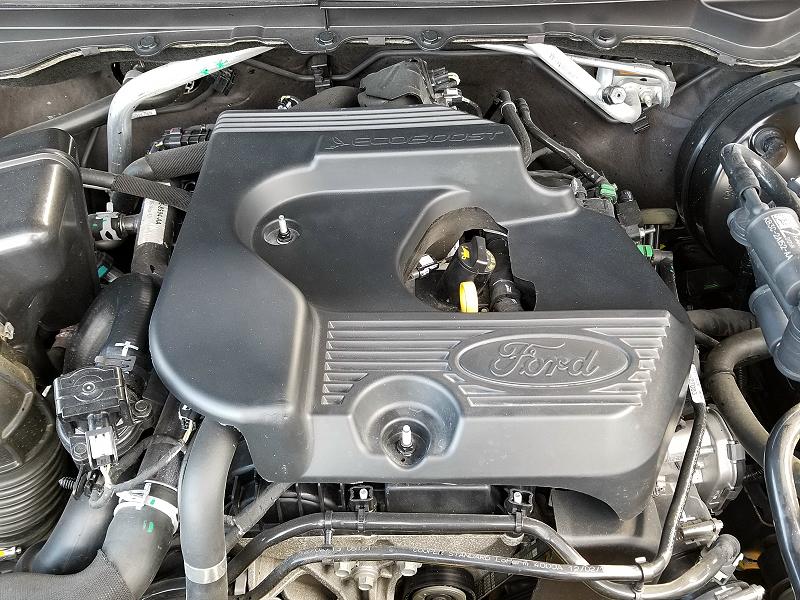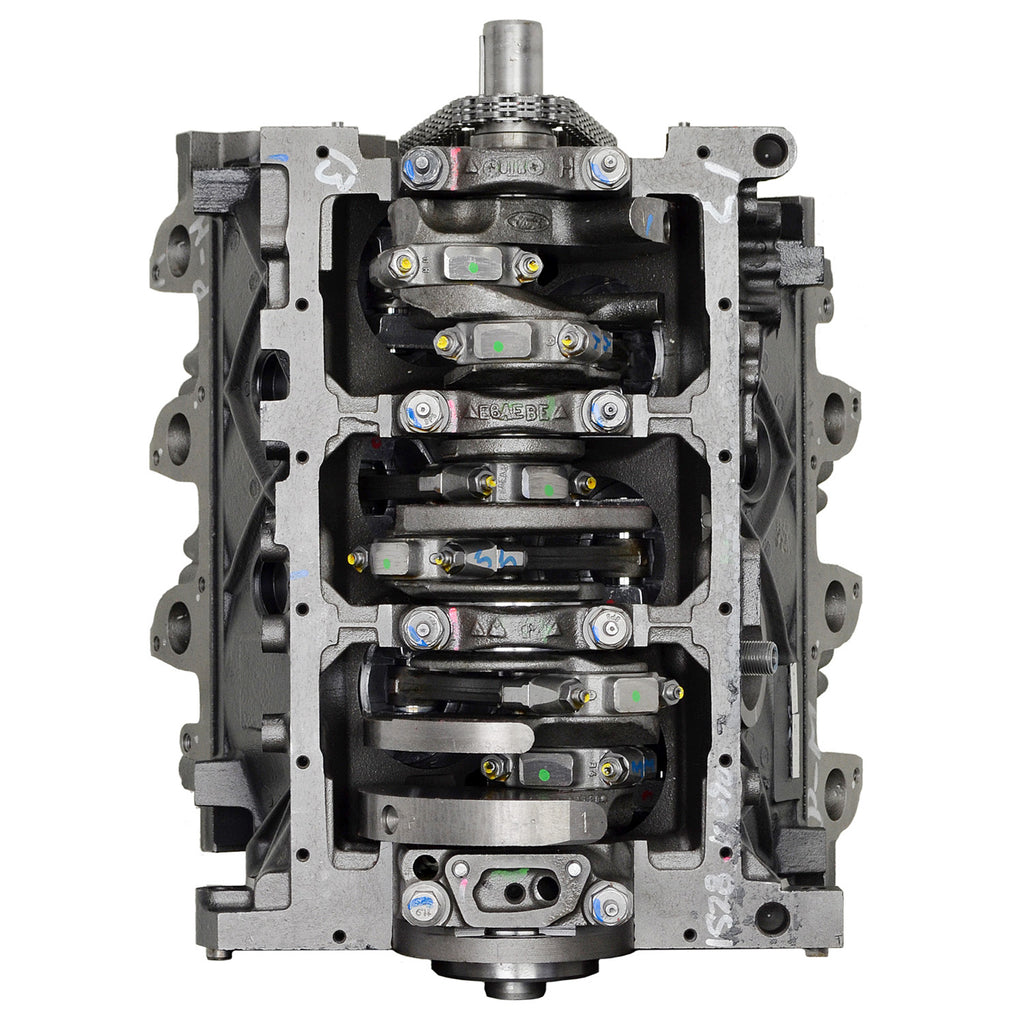How the 2.2 Ford Ranger Engine Delivers Power and Efficiency for Your Truck
How the 2.2 Ford Ranger Engine Delivers Power and Efficiency for Your Truck
Blog Article
What Makes a Cars And Truck Engine Run Smoothly: Top Tips for Optimum Care
The smooth procedure of a vehicle engine is essential to both performance and long life, making optimum treatment a vital obligation for car owners. Key techniques, such as routine oil modifications, maintaining coolant degrees, and keeping track of air filters, are critical yet often overlooked. Furthermore, the importance of examining trigger plugs and ensuring appropriate tire stress can not be understated. Comprehending how these aspects adjoin can boost not just the efficiency of your car yet also your total driving experience. What particular actions should you focus on to guarantee your engine stays in peak condition?
Normal Oil Changes
Among the most vital aspects of automobile upkeep is guaranteeing your engine receives regular oil changes. Engine oil lubes inner elements, reduces rubbing, and aids preserve optimum operating temperatures. Gradually, oil degrades because of warm, impurities, and the natural byproducts of burning, causing decreased performance and potential engine damages.
Most manufacturers recommend transforming the oil every 5,000 to 7,500 miles, however this period can differ based upon driving conditions and oil kind. As an example, synthetic oils may enable longer periods in between modifications. Routine oil changes not only improve engine performance but also improve fuel performance, as clean oil advertises smoother operation.
Disregarding oil changes can lead to sludge accumulation, which hinders circulation and can cause serious engine issues. It is vital to inspect oil levels routinely and keep track of for any kind of unusual modifications in shade or consistency, which might show contamination or destruction.

Keeping Coolant Degrees
Keeping appropriate coolant degrees is crucial for stopping engine getting too hot and making sure optimum performance. The coolant, commonly a blend of water and antifreeze, flows with the engine, absorbing warm and avoiding thermal stress. Not enough coolant can bring about boosted engine temperature levels, which may trigger extreme damage and even total engine failing.
To maintain ideal coolant degrees, routinely inspect the coolant reservoir, generally located in the engine bay. Make certain the coolant is filled to the suggested mark, as shown in your car's owner guidebook. It is a good idea to examine the degrees at the very least when a month or eventually trips, particularly during severe climate condition.
If you see that the coolant degree is consistently low, there may be a leakage in the air conditioning system, which should be addressed without delay to stop additional issues. 2.2 ford ranger engine. In addition, purging the coolant system every a couple of years can assist get rid of any kind of collected particles and guarantee reliable heat exchange
Monitoring Air Filters
It is advised to check the air filter every 12,000 to 15,000 miles, or much more regularly if driving in dusty or negative conditions. An easy visual assessment can commonly reveal whether the filter is filthy or damaged. It ought to be replaced immediately. if the filter shows up discolored or has visible dirt build-up.
Utilizing a image source top notch air filter designed for your details vehicle model can better improve engine efficiency. In addition, some vehicles may profit from recyclable filters that can be cleaned and re-installed, supplying a ecologically friendly and cost-efficient choice.
Inspecting Spark Plugs
Ignition system are important parts of a car's ignition system, straight influencing engine performance and performance. They develop the stimulate that ignites the air-fuel blend in the combustion chamber, promoting the engine's power generation. Regular assessment of ignition system is critical for preserving ideal engine feature and protecting against potential problems.
Throughout an examination, search for signs of wear or damages, such as splits, carbon build-up, or extreme gap widening. A healthy and balanced stimulate plug normally exhibits a brown or tan color. Dark soot or oil deposits can indicate incorrect combustion, while a raw or white appearance might recommend getting too hot. Both problems require prompt attention to stop more engine damage.
It's a good idea to examine ignition system every 30,000 miles, or as advised in your vehicle's proprietor guidebook. In addition, take into consideration changing them according to the manufacturer's guidelines, as worn or old spark plugs can bring about misfires, reduced fuel performance, and raised exhausts.
Monitoring Tire Pressure
Under-inflated tires can lead to reduced fuel performance, increased tire wear, and compromised handling. Normal surveillance of tire stress is essential for optimum lorry operation.
Tire pressure need to be checked a minimum of as soon as a month and soon trips. Make use of a reputable tire pressure gauge to determine the pressure when the tires are chilly, ideally prior to the automobile has been driven for at least three hours. Refer to the car's proprietor manual or the placard located on the driver's side door jamb for the manufacturer's recommended stress levels.
It is essential to note that tire pressure can change with adjustments in temperature; a drop of 10 ° F can result in a 1-2 psi decline in stress. Additionally, visually examine tires for any signs of wear or damage throughout your tracking routine. Preserving correct tire stress not only boosts automobile safety yet additionally improves gas efficiency and lengthens tire life, inevitably adding to a smoother engine efficiency.
Conclusion
Finally, keeping an automobile engine's smooth operation calls for persistent attention to numerous crucial aspects. Clicking Here Routine oil modifications, correct coolant degrees, tidy air filters, properly maintained ignition system, and optimal tire stress jointly add to boosted performance and longevity. Following these maintenance practices not only enhances fuel performance however likewise look at more info advertises a more secure driving experience. Eventually, a proactive approach to engine care is vital for making certain dependability and functionality gradually. 2.2 ford ranger engine.
One of the most crucial facets of vehicle upkeep is guaranteeing your engine receives routine oil adjustments. Engine oil lubes inner components, minimizes rubbing, and aids keep ideal operating temperatures. Routine oil adjustments not only boost engine performance however also enhance fuel performance, as clean oil promotes smoother operation.
Not enough coolant can lead to enhanced engine temperatures, which may cause serious damages or even overall engine failing.

Report this page